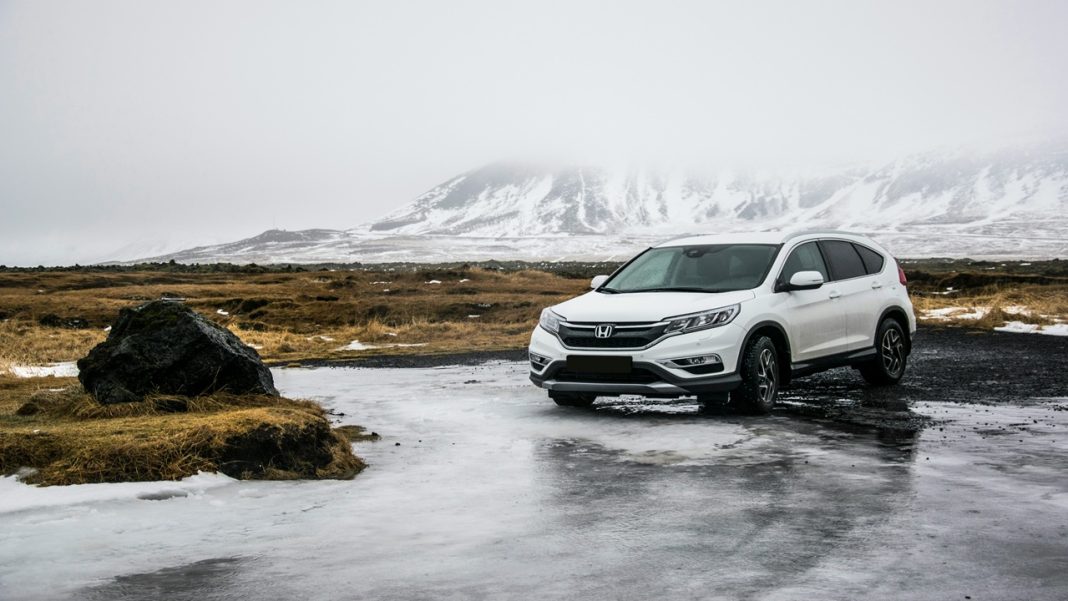Car insurance in India isn’t just paperwork. It’s the one thing standing between an accident and an empty wallet. With vehicles increasing every year and road mishaps growing, choosing the right type of car insurance has become as routine as buying fuel.
Why Drivers Depend on Car Insurance
Every car owner in India needs valid insurance under the Motor Vehicles Act. It’s not about choice anymore, it’s about safety and compliance. Fines are steep, but the bigger worry is what happens after a crash.
A small dent on a bumper can cost ten thousand. A major hit could mean replacing half the car. That’s where insurance becomes more than a formality. It cushions the blow. Families save themselves from sudden repair bills, and peace of mind costs far less than a new fender.
Two Common Types Seen on Indian Roads
In India, the car insurance market mostly runs on two types: third-party car insurance and comprehensive car insurance. The first keeps you legal. The second keeps you secure.
Third-Party Insurance – The Basic Shield
This is the minimum coverage every vehicle must have. It protects others if your car causes injury or property damage. For example, if a scooter is hit or a shop wall gets damaged, this plan covers their loss.
But here’s the catch, it won’t pay a rupee for damage to your own vehicle. Many car owners still stick with it because it’s cheaper. Especially those driving older cars or using them occasionally. But cheap can turn costly when an accident involves your own vehicle. That’s the risk they take.
Comprehensive Insurance – Broader and Safer
This one goes beyond the basic rule. It covers both third-party damage and your own car. Theft, fire, natural disasters, vandalism, all included. During the Mumbai floods last year, owners with this plan had their repairs sorted while others spent weeks chasing garage bills.
It’s more expensive, yes. But it’s also more complete. Many city car owners call it the “sleep-well plan” because it removes half the stress of driving daily in traffic.
Extra Covers That Actually Help
Insurance companies now allow car owners to personalise their plans. Add-ons, as they’re called, cost a bit more but can save thousands during claims.
Some of the popular ones are:
- Zero Depreciation Cover: Gets full claim without deduction for part wear.
- Engine Protect Cover: Useful during floods when water damages engine parts.
- Roadside Help Cover: For flat tyres or breakdowns during long drives.
- No Claim Bonus Keep: Keeps your renewal discount even after a small claim.
Small towns are catching up too. Workshops in Nagpur and Indore often recommend zero depreciation add-ons for newer vehicles. It’s practical, not luxury.
Third-Party vs Comprehensive – The Real Difference
Third-party insurance protects others. Comprehensive protects both sides. That’s the simplest way to see it.
Someone who owns an old Maruti Alto may stick with a third-party because repair costs stay low. But a newer SUV owner can’t risk it. Even one accident can burn a hole worth lakhs. That’s why comprehensiveness makes better sense for modern cars.
The premium difference looks large at first glance, but long-term, comprehensive usually saves more.
Choosing a Policy Without Regret
Most car buyers still pick insurance in a hurry, often suggested by dealers. That’s where mistakes begin. Experts say it’s smarter to compare claim settlement ratios and service reach before paying. Some companies take days to approve repairs, others do it in hours.
Renewals are another headache people forget until the last day. Once a policy lapses, all previous discounts vanish. Even one missed renewal can increase costs later. Better to set reminders and finish early.
Common Blunders Car Owners Make
Many skip reading terms. Some fail to transfer insurance after selling their cars. Others forget to inform insurers about modifications. Later, claims get rejected, and arguments start.
Keeping copies of all documents and clicking photos after any accident helps. A small step, but it makes the claim work smoother. Sometimes these minor habits save weeks of stress.
Buying Insurance Online – Easier Than Before
Earlier, getting insurance meant long queues. Now most insurers offer quick online renewals. Enter the registration number, pay the premium, and a soft copy lands in your inbox within minutes.
Claim filing also got easier. Many use video verification through mobile apps. The process still feels tiring sometimes, but much faster than a decade ago.
Choosing the right car insurance in India depends on budget and how much risk an owner can handle. For new cars, comprehensive insurance with basic add-ons makes the most sense. For older ones, third-party keeps costs low but protection limited. Either way, staying insured is no longer optional, it’s survival on Indian roads.
FAQs
1. What is the minimum legal car insurance in India?
Every car must have at least third-party insurance before it can be driven legally.
2. Can a car owner shift to another insurer at renewal time?
Yes, the owner can switch companies anytime while keeping their No Claim Bonus.
3. What should be done if the insurance policy expires?
Driving with an expired policy is illegal. The owner must renew it immediately to regain cover.
4. Do all insurers offer roadside help options?
Most large insurers do. It depends on the package and region of service availability.
5. Is comprehensive insurance compulsory for financed cars?
Many banks demand comprehensive plans for loaned vehicles until payments are complete.



